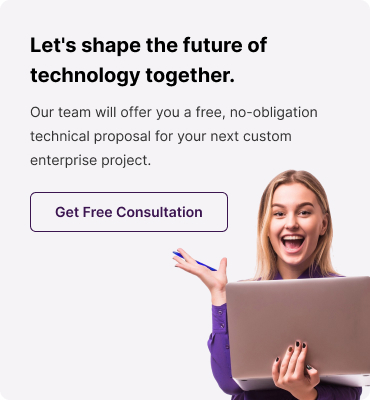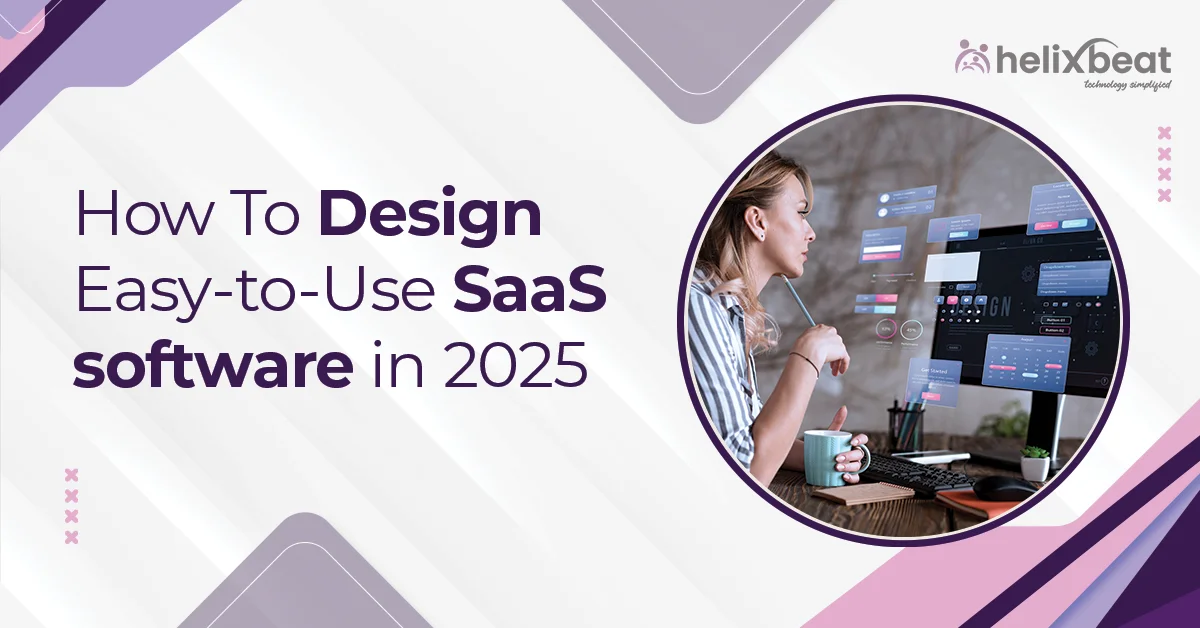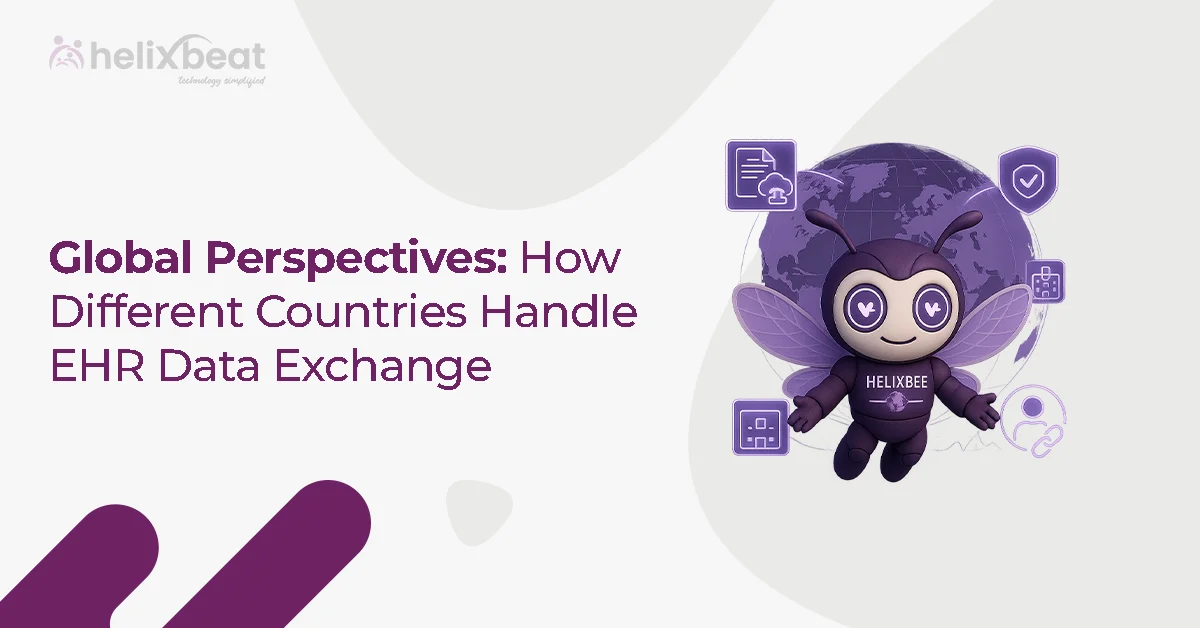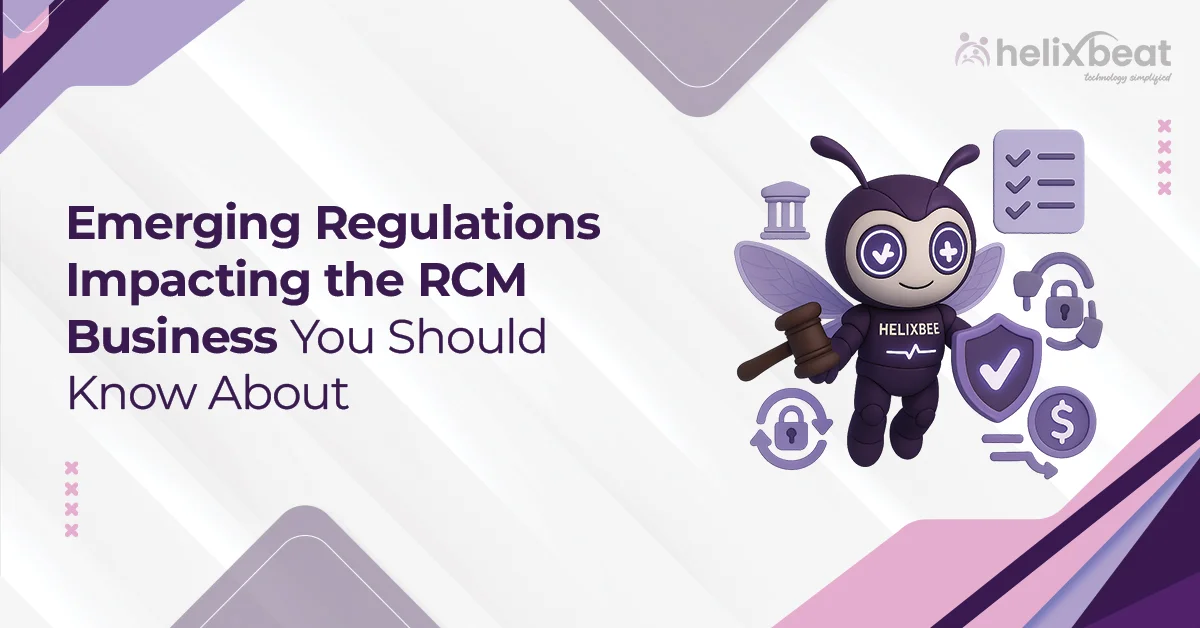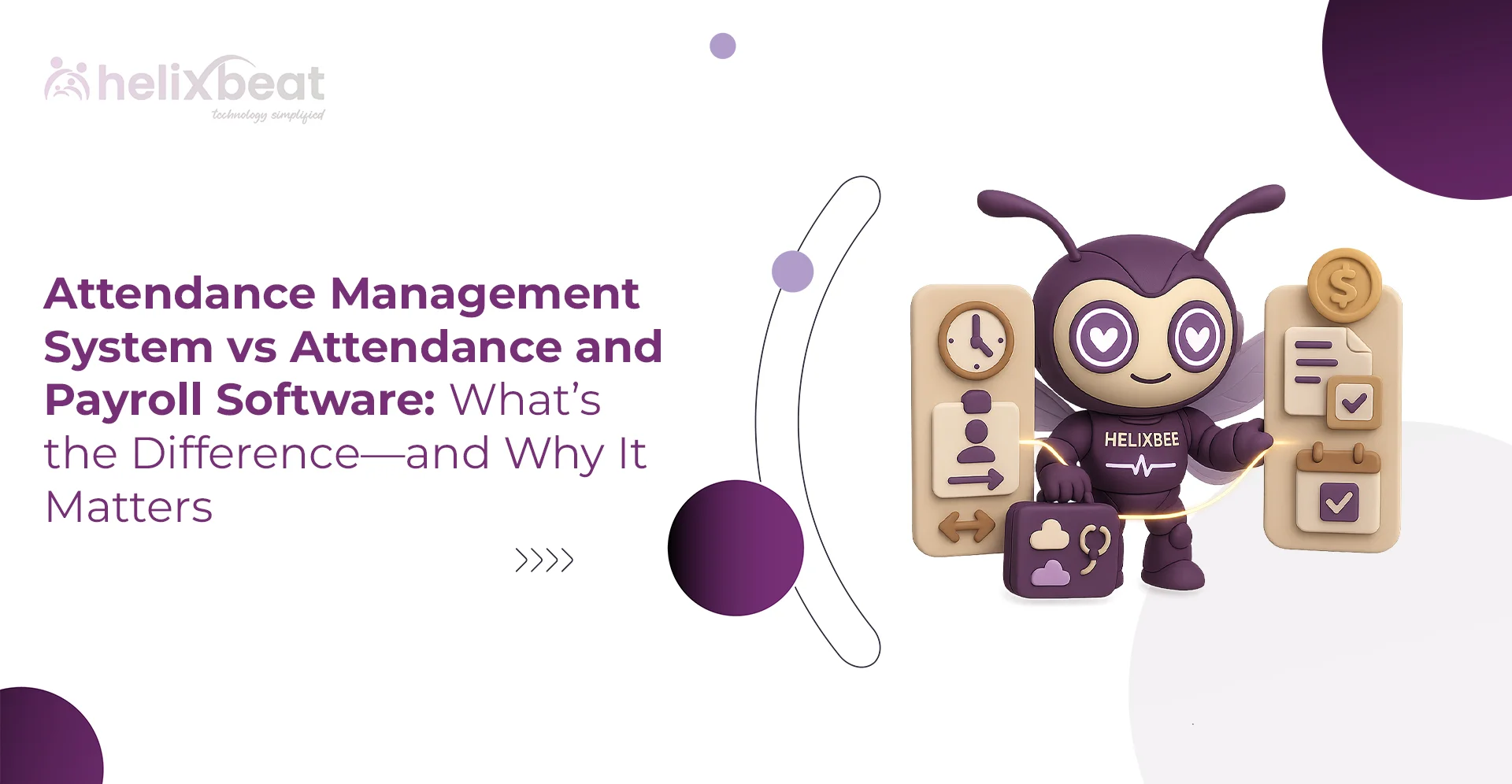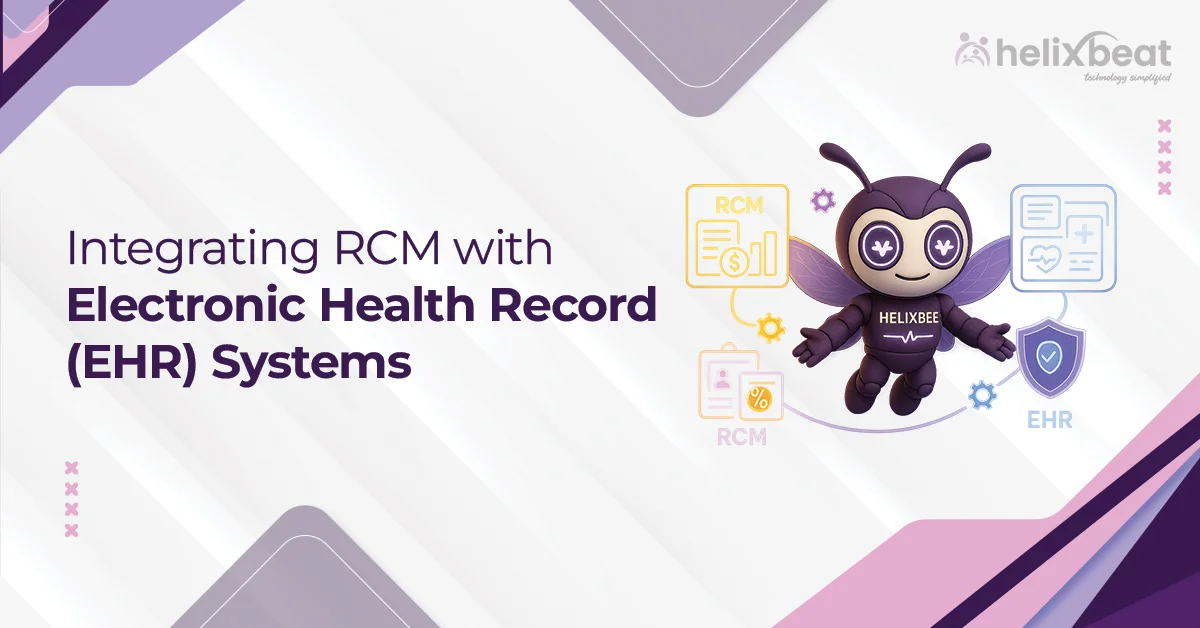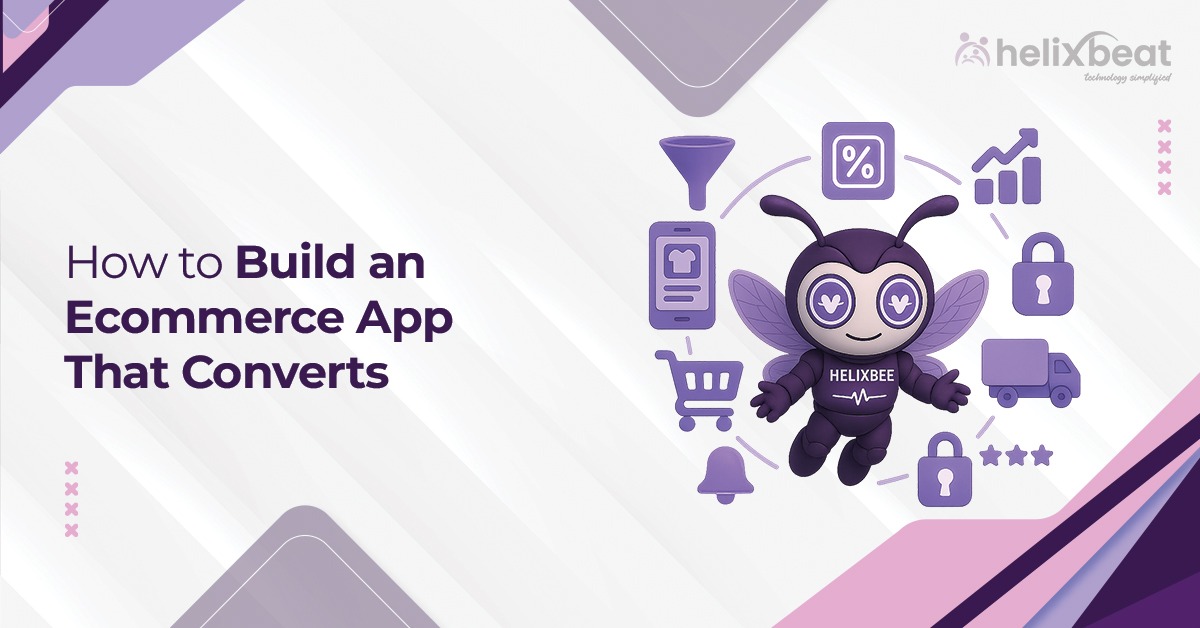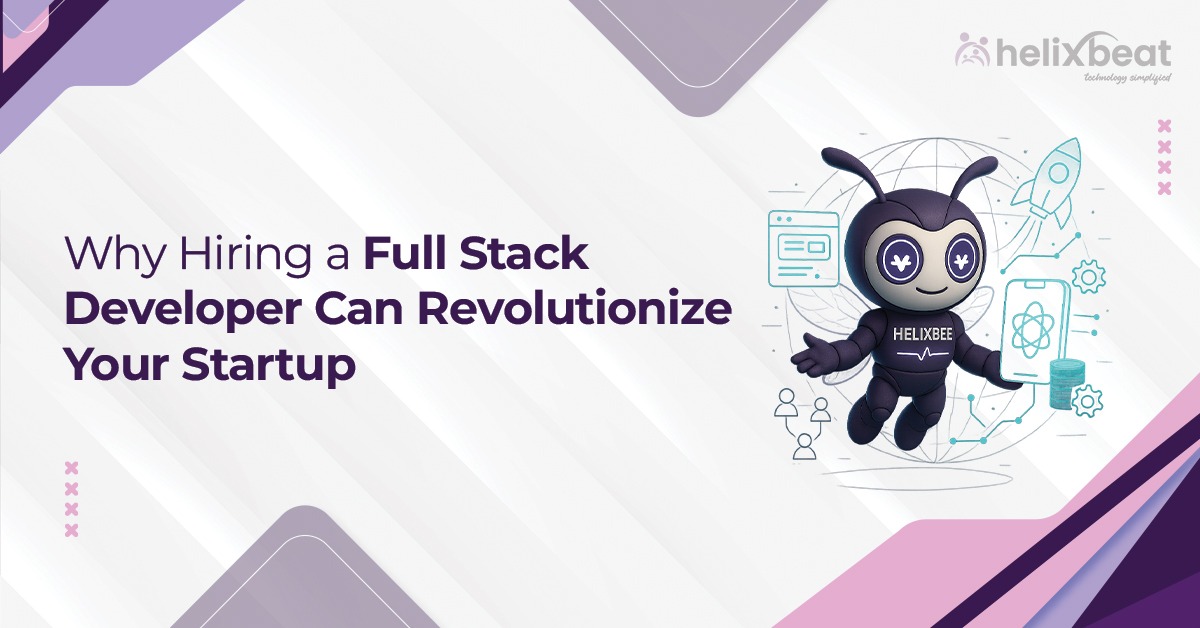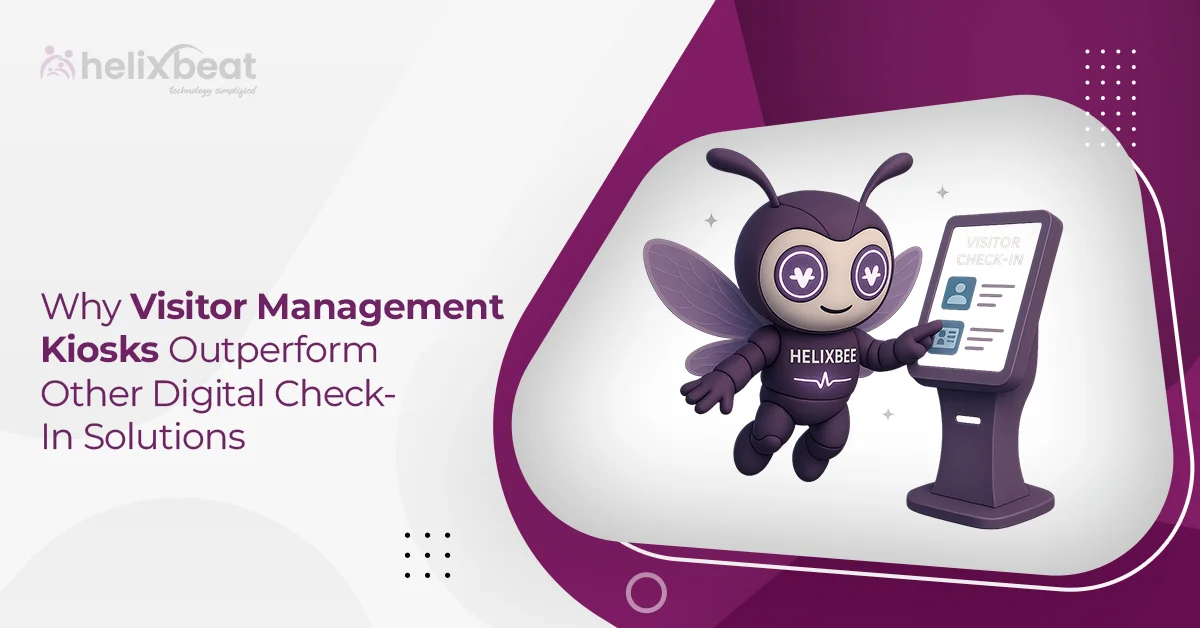As we move into 2025, having easy-to-use SaaS software is more important than ever. Businesses are moving faster to the cloud, and they expect Software that’s simple and quick to use.
Gartner forecasts that cloud adoption will grow by 6.3% in 2025, and the SaaS market is expected to reach an incredible $623 billion by then.That’s a lot of competition.
With so many options, customers won’t stick around if the Software is hard to use. If your Software is not intuitive, you will lose your place in the market. Based on user behaviour, making your SaaS product easy to use plays a significant role in a business’s success.
Now, customers want tools that are ready to use without any hassle. The companies that offer this will stand out in the competitive market. In this blog, you will learn more about the Saas product and how to design an easy-to-use SaaS product in 2025.
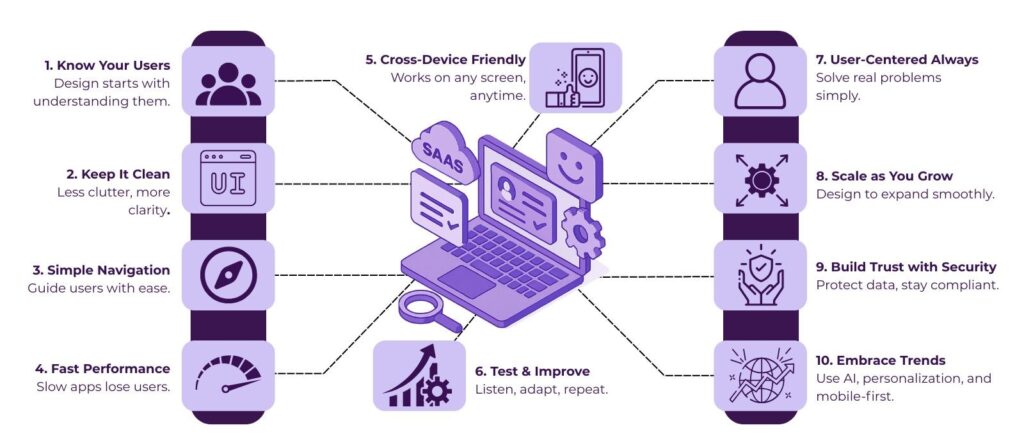
Table of Contents
What is SaaS Design?
SaaS Design refers to the process of creating and developing the user interface (UI) and user experience (UX) of a Software as a Service (SaaS) product. It focuses on making the Software easy to use, intuitive, and efficient for customers who access it via the Internet.
The goal of SaaS design is to ensure that users can easily navigate through the Software, access the features they need, and achieve their tasks with minimal effort. This refers to:
- User Interface (UI) Design: The visual layout, colour schemes, buttons, icons, and overall appearance of the Software.
- User Experience (UX) Design: How the Software feels to the user, including its ease of use, responsiveness, and the satisfaction it provides during use.
Good SaaS design focuses on simplicity, speed, and reliability, ensuring people with varying technical skills can use the Software. It also involves making sure the Software is scalable and works well across different devices and browsers, making it accessible to as many users as possible.
How to Design an Easy-to-Use SaaS Product in 2025
1. Know Who Your Users Are
Find out your potential audience to identify the needs and struggles they face. For example, if you’re designing a project management tool as part of your SaaS product development, understand how they organize tasks, communicate, and collaborate. Create user personas based on this to make sure your product solves the right problems.
2. Keep the Design Clean and Simple
Keep the design clean and avoid clutter. For example, if your tool has task lists, only display the key information like task name, deadline, and status. Avoid showing too many options at once to prevent overwhelming the user, which is a crucial element in SaaS product development.
3. Make Navigation Easy to Follow
Make navigation natural and easy to follow. If you are building an invoicing tool, use a simple top menu with clearly labelled options like “Create Invoice,” “View Invoices,” and “Settings.” This helps users instantly know where to go for what they need, a key factor in effective SaaS product development.
4. Ensure Your Software Loads Quickly
Optimize performance to ensure the product loads quickly and operates smoothly. For instance, if users are uploading files, make sure the upload process is quick and seamless. Slow performance can be a deal-breaker in SaaS product development, as users expect speed.
5. Make Sure It Works on All Devices
Ensure your SaaS product works seamlessly across all devices. If you design a time-tracking app, make sure users can easily log their hours on both desktop and mobile without features breaking or being hard to find.
6. Test, Listen, and Improve
Continuously test your product with real users, identify pain points, and make improvements. For example, after launching a new feature in your tool, ask users to provide feedback on how easy it was to use. If users struggle, adjust the feature for better usability and make sure it aligns with the goals of your SaaS product development.
Best Practices for Successful SaaS Product Development
1. Focus on User-Centred Design
Successful SaaS products are built with the user in mind. Through research, feedback, and user testing, understand your target audience’s needs, pain points, and preferences. Ensure the product is intuitive, easy to navigate, and solves real problems, leading to higher engagement and customer satisfaction.
2. Prioritize Scalability and Flexibility
Design your SaaS product to grow with your business. Plan for increased traffic, data, and user requests by building a scalable infrastructure from the start. This includes using cloud-based solutions, efficient databases, and modular components that can easily be expanded as needed.
3. Ensure Robust Security and Compliance
Security is a top priority, especially for SaaS products dealing with sensitive customer data. Follow strong encryption, protect data storage, and ensure regular security follow-up. Additionally, comply with relevant regulations (such as GDPR or HIPAA) to build trust with your users and ensure legal compliance. IBM reports that the average cost of a data breach for businesses is $4.45 million.
4. Iterate Based on Continuous Feedback
SaaS development doesn’t stop after the product is launched. Continuously collect user feedback and monitor product performance to identify areas for improvement. Regular updates and enhancements based on user needs and technological advancements keep your product relevant and competitive. A HubSpot survey found that more than half of SaaS customers expect to see new features and updates at least every 6 months.
Trends in SaaS-Based Product Development in 2025
1. AI and Automation in SaaS Design
AI and automation are transforming SaaS design by optimizing user experiences and streamlining development. For example, AI can personalize a user’s dashboard based on their behaviour, improving engagement.
Automation helps with tasks like data entry or support, saving time and reducing human error. Salesforce uses AI to automate customer interactions and improve decision-making, enhancing its SaaS platform’s overall efficiency.
2. Personalization and Tailored Experiences
SaaS products are increasingly offering personalized experiences based on user data. For example, Spotify creates tailored playlists using machine learning algorithms to suit each user’s taste.
SaaS platforms like HubSpot personalize marketing automation by adjusting content, emails, and recommendations based on individual customer preferences, boosting user satisfaction and retention.
3. Mobile-First and Multi-Platform Compatibility
With mobile usage growing, SaaS products are adopting a mobile-first approach to ensure compatibility across all devices.
Slack, for instance, ensures that its messaging platform is fully functional on both desktop and mobile, allowing users to stay connected on the go. This trend ensures a seamless experience regardless of the device, making SaaS tools more accessible and flexible for users.
Conclusion:
In the current market, an easy-to-use SaaS product is essential for success. Users expect Software that is easy to use and feature-rich. A well-designed SaaS product attracts user interest, stays for a longer time, and builds brand authority. Simplifying the user experience not only improves satisfaction but also makes it easier for users to achieve their goals, which is important for retaining them in the long run.
At Helixbeat, we understand the importance of designing user-friendly and powerful SaaS products. With our expertise in product development, we help businesses create software solutions that are intuitive, scalable, and designed to meet your users’ specific needs.
From designing a seamless UI/UX to ensuring mobile-first compatibility, Helixbeat, a SaaS product development company, leverages the latest technologies to build SaaS products that stand out in a competitive market.
Let us help you bring your SaaS vision to life with a product that meets user expectations.
FAQ:
1. How do you build a simple SaaS?
To build a simple SaaS, identify a problem to solve, design core features, choose the right tech stack, develop the application with a scalable architecture, and test before launching.
2. Can you customize SaaS software?
Yes, many SaaS platforms allow for customization, such as adjusting features and UI or integrating with other tools. For more extensive customizations, you may need developer support.
3. Can I build a SaaS without coding?
Yes, you can use no-code platforms like Bubble or OutSystems to build a SaaS product without coding, though more complex features may require some coding.
4. How to build AI SaaS?
To build an AI SaaS, define the AI problem, choose AI tools (e.g., TensorFlow, PyTorch), develop the platform, collect and clean data for training, and continuously test and improve the AI models. Collaborating with a SaaS product development company, you can build outstanding SaaS applications.
5. What is SaaS product design?
SaaS product design is the process of designing the user interface (UI) and user experience (UX) of a SaaS application, ensuring it is intuitive, efficient, and meets user needs. A SaaS product development company specializes in SaaS product design.
6. What is the full form of SaaS?
SaaS stands for Software as a Service, a cloud-based software delivery model where users access applications via the Internet on a subscription basis.


